08May
Lesson Plan > Lesson 48 > English
Lesson 48 covers:
- Elementary Level: Reading Comprehension (Main Idea)
- Mid Level: Writing Opinion Essays
- High Level: Subject-Verb Agreement
Elementary Level (Kinder to Grade 2)
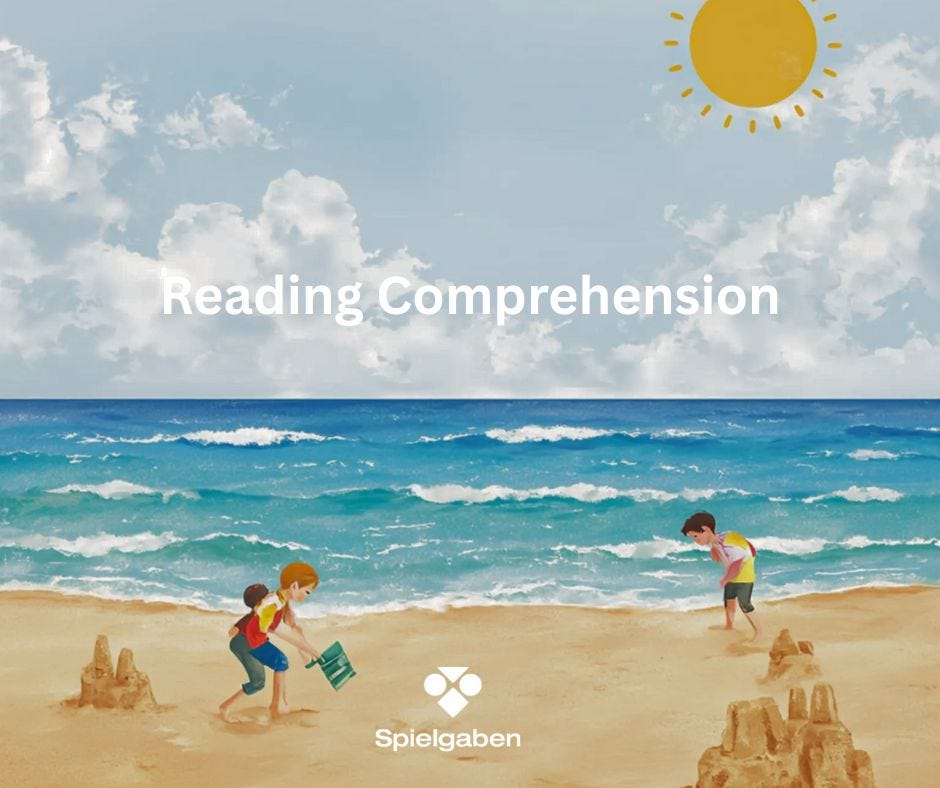
Subject: Reading Comprehension (Main Idea)
Alignment with Standards:
- CCSS.ELA-LITERACY.RL.1.2 – Retell stories, including key details, and demonstrate understanding of their central message or lesson.
- CCSS.ELA-LITERACY.RI.1.2 – Identify the main topic and retell key details of a text.
Lesson Objectives:
By the end of the lesson, the student will be able to:
- Listen to a short text and identify the main idea.
- Sort sentences/pictures into groups based on the main idea.
- Verbally explain the main idea of a simple passage.
Materials Needed:
- Short, simple stories (e.g., “The Dog and His Bone” (Aesop’s Fable), “At the Park”, or “My Pet Cat”)
- Main Idea Sorting Cards (Downloadable/printable or homemade with pictures and sentences)
- Graphic Organizer (e.g., a simple “Main Idea & Details” web)
- Whiteboard/Marker or Paper/Pencil
Lesson Activities:
1. Warm-Up (5 minutes)
- Ask: “What is a story mostly about?”
- Explain: “Every story has a big idea called the main idea—what the whole story is mostly telling us.”
- Give an example: “If I say, ‘Dogs bark, play fetch, and wag their tails,’ the main idea is ‘Things dogs do.'”
2. Read-Aloud & Main Idea Discussion (10-15 minutes)
- Read a short, engaging story aloud (e.g., “The Dog and His Bone”).
- Pause to ask:
- “What is happening in this story?”
- “What is the big idea?”
- Guide the student to identify the main idea (e.g., “A dog loses his bone because he is greedy.”).
3. Main Idea Sorting Game (10 minutes)
- Prepare cards with sentences or pictures (e.g., “A cat purrs,” “A cat drinks milk,” “A cat climbs trees” → Main Idea: “Things cats do”).
- Have the student sort the cards into groups that share the same main idea.
4. Independent Practice (5-10 minutes)
- Provide a simple paragraph (e.g., “Frogs live near water. They hop and eat bugs. Frogs start as tadpoles.”)
- Ask: “What is this mostly about?” (Answer: “Facts about frogs.”)
- Use a graphic organizer to write the main idea in the center and supporting details in bubbles.
5. Wrap-Up & Reflection (5 minutes)
- Ask: “What did you learn today?”
- Have the student tell the main idea of a new short text or picture.
Assessment:
- Oral Response: Can the student explain the main idea of a story?
- Sorting Activity: Can they correctly group related ideas?
- Graphic Organizer: Did they identify the main idea vs. details?
Extension Ideas:
- Have the student draw a picture showing a main idea.
- Read another short book and act out the main idea.
Mid Level (Grade 3 to 5)
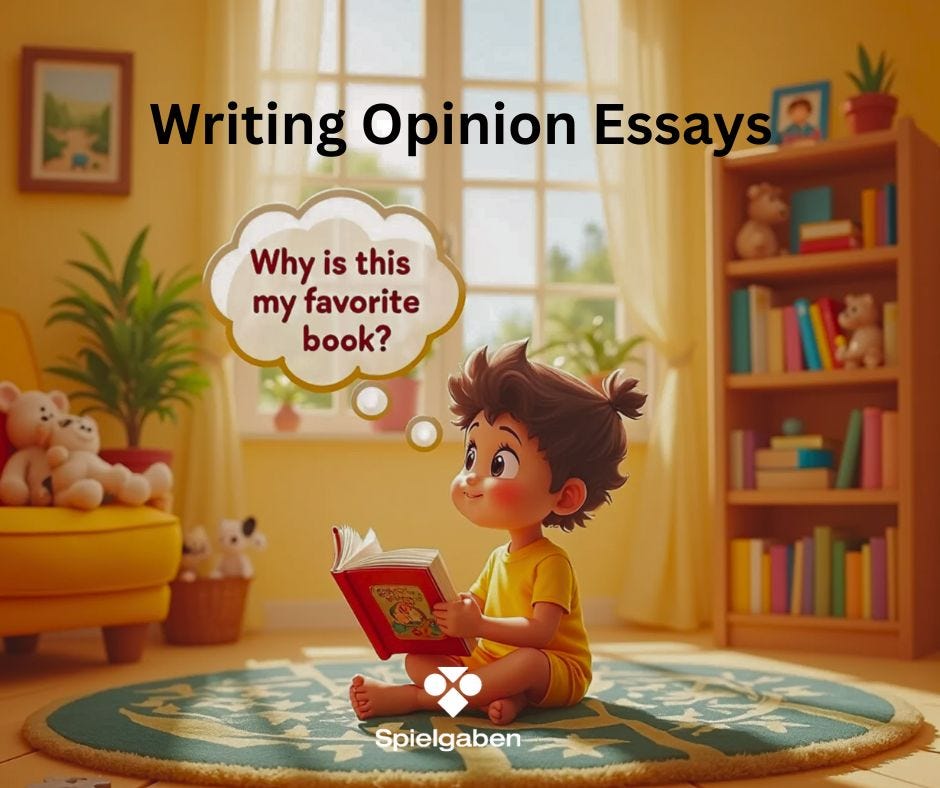
Subject: Writing Opinion Essays
Alignment with Standards:
- CCSS.ELA-LITERACY.W.4.1 – Write opinion pieces on topics or texts, supporting a point of view with reasons and information.
- W.4.1.A – Introduce a topic or text clearly, state an opinion, and create an organizational structure.
- W.4.1.B – Provide reasons supported by facts and details.
- W.4.1.C – Link opinion and reasons using words and phrases (e.g., for instance, in order to, because).
- W.4.1.D – Provide a concluding statement or section.
Lesson Objectives:
By the end of the lesson, the student will be able to:
- State a clear opinion about their favorite book.
- Support their opinion with at least three reasons and examples.
- Organize their essay with an introduction, body paragraphs, and conclusion.
- Use linking words (e.g., because, also, for example) to connect ideas.
Materials Needed:
- Favorite book (student-selected)
- Graphic Organizer (Opinion Writing Template)
- Anchor Chart (List of opinion transition words: I believe, in my opinion, for instance, therefore)
- Writing Paper/Pencil or Computer
- Example Opinion Essay (Teacher-written or from a mentor text)
Lesson Activities:
1. Warm-Up (10 minutes) – Discussion & Brainstorming
- Ask: “What is your favorite book, and why?”
- Explain: “An opinion essay shares your thoughts and backs them up with reasons.”
- Show an example paragraph (e.g., “I believe ‘Charlotte’s Web’ is the best book because it teaches friendship, has funny characters, and a touching ending.”)
- Have the student brainstorm their favorite book and list 3 reasons why they like it.
2. Direct Instruction (10 minutes) – Structure of an Opinion Essay
- Use a graphic organizer to outline:
- Introduction (Hook + Opinion Statement)
- Body Paragraphs (Reason 1 + Example, Reason 2 + Example, etc.)
- Conclusion (Restate Opinion + Final Thought)
- Model writing a sample introduction together.
3. Guided Practice (15 minutes) – Drafting the Essay
- Student writes their opinion statement (e.g., “In my opinion, ‘Harry Potter and the Sorcerer’s Stone’ is the best book because…”).
- Student fills out the graphic organizer with reasons and examples.
- Encourage using transition words (Refer to anchor chart).
4. Independent Writing (15 minutes) – Complete the First Draft
- Student writes their full essay (1-2 pages).
- Circulate to provide feedback on:
- Clear opinion
- Strong supporting reasons
- Logical organization
5. Peer/Teacher Review & Revision (10 minutes)
- If possible, have the student read their essay aloud to a parent/sibling for feedback.
- Focus on:
- Did they support their opinion well?
- Are linking words used correctly?
- Student revises for clarity.
Assessment:
- Completed Graphic Organizer – Did the student provide 3 strong reasons?
- First Draft – Does it include:
- A clear introduction with opinion?
- Body paragraphs with examples?
- A strong conclusion?
- Use of Transition Words – Are opinions and reasons connected smoothly?
Extension Ideas:
- Turn the essay into a book review video or poster.
- Compare opinions with a family member (debate-style discussion).
- Write a letter to the author explaining why they loved the book.
High Level (Grade 6 to 8)
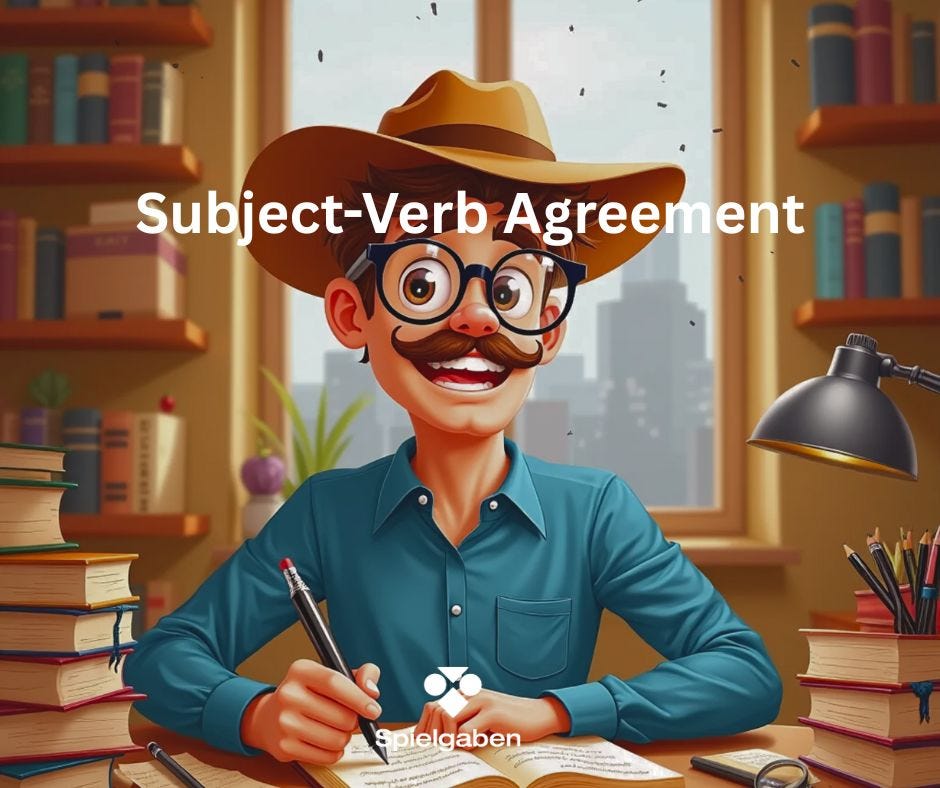
Subject: Subject-Verb Agreement
Alignment with Standards:
- CCSS.ELA-LITERACY.L.7.1 – Demonstrate command of the conventions of standard English grammar and usage when writing or speaking.
- CCSS.ELA-LITERACY.L.7.3 – Use knowledge of language and its conventions when writing, speaking, reading, or listening.
Lesson Objectives:
By the end of this lesson, the student will be able to:
- Identify subjects and verbs in complex sentences.
- Apply 6 key subject-verb agreement rules (including tricky cases).
- Revise errors in authentic writing samples (e.g., emails, social media posts).
Materials:
- Anchor Chart (Subject-Verb Agreement Rules)
- Editable Google Slides (Visual examples + interactive quiz)
- Sentence Cards (For kinesthetic “Human Sentence” activity)
- Grammarly/ProWritingAid (For real-world error detection)
- Jenga Game (Customized with agreement questions)
Lesson Procedure:
1. Warm-Up (10 minutes) – Error Hunt
- Display 3 incorrect sentences (e.g., “The dogs barks loudly”).
- Ask: “What’s wrong? How would you fix it?”
- Discuss why subject-verb agreement matters in clear communication.
2. Direct Instruction (15 min): Interactive Rules Breakdown
Teach rules using color-coded examples (green=subject, blue=verb):

Engagement Tip: Have student highlight subjects/verbs in a news article excerpt.
3. Guided Practice (20 min): Stations Rotation
Set up 3 interactive stations:
- “Human Sentences”: Arrange sentence cards on floor; student physically matches subjects/verbs.
- Tech Station: Use Grammarly to analyze errors in their own past writing.
- Jenga Grammar: Pull blocks; answer agreement questions to keep tower standing.
4. Independent Application (15 min): Real-World Editing
- Activity: Edit a poorly written “blog post” (intentionally filled with errors).
- Challenge: Rewrite 3 social media captions with proper agreement.
5. Assessment & Reflection (10 min):
- Exit Ticket: Correct 5 sentences (e.g., “Neither of the candidates (has/have) spoken.”)
- Metacognition: “Which rule was trickiest? Where might you still make mistakes?”
Differentiation Strategies:
- For Struggling Learners: Provide a “cheat sheet” with verb conjugation charts.
- For Advanced Students: Analyze subject-verb agreement in Shakespearean English (e.g., “Thou art” vs. “You are“).
Homework/Extension:
- Podcast Pitch: Record a 1-minute “Grammar Tip” explaining one rule.
- Scavenger Hunt: Find/correct 5 agreement errors in household items (cereal boxes, ads).
Why This Works:
- Relevance: Uses social media/blog examples to show real-world stakes.
- Multisensory: Combines movement (Human Sentences), tech (Grammarly), and games (Jenga).
- Critical Thinking: Encourages error analysis rather than rote memorization.



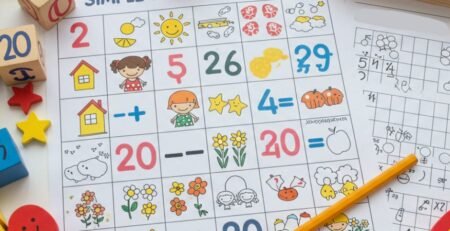
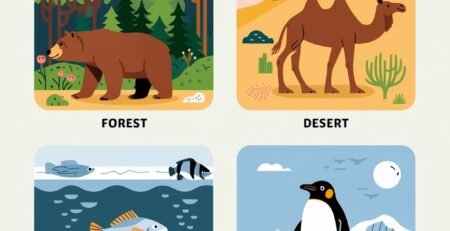



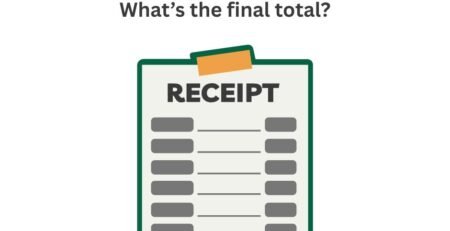
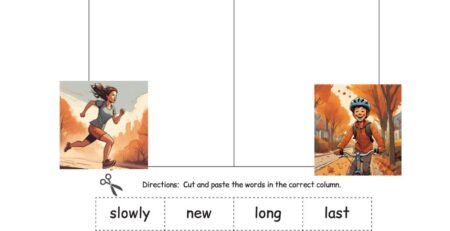

LEAVE A COMMENT